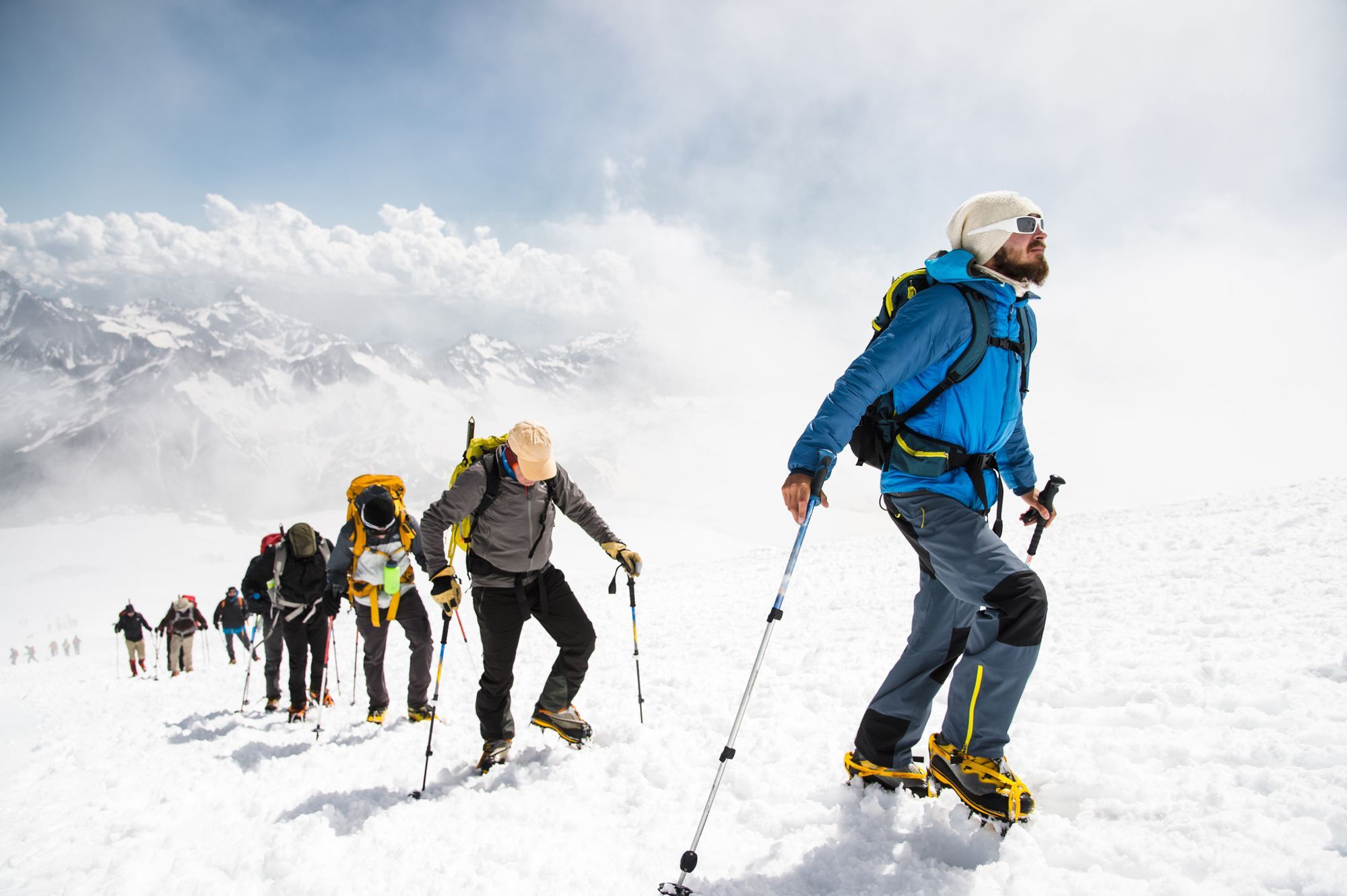Why outdoor guides give the best customer service

This article is first in a series on branding in the outdoor industry and adventure tourism.
Anyone with an MBA will tell you the customer is always right. But this doesn't mean you're wrong, it's a matter of perspective and taking responsibility for the customer's experience, because afterall, you made it.
Outdoor guides do this better than anyone, and we can all learn something from how they do it.
Tuning in to each clients' individual needs, they provide just the right amount of management and encouragement so they get the best outcome. Push it too far and you've got a client over-stretched, but this is where the magic happens. The best guide will bring them back and turn it around so that even after a few tears it's a positive experience that they'll never forget.
This takes monk-like humility, compassion and emotional intelligence on another level to tune into each individuals needs, and leave them in a better place than where they started. That's what all cutomer service reps need to be doing.
OK, so...
You might be wondering where I'm going with this. I'm a graphic designer afterall, why am I getting excited about customer service?
Customer services reps are a font of information about the customer. They have consistently high emotional intelligence and are on the front line working with customers, so they always have interesting insights. In the past I have consulted with customer service teams when preparing brand profiles. The way reps are trained to speak to customers says a lot about the brand.
But it's more than that. Serving the customer is where good branding starts and ends. Anything else is just navel gazing.
The relationship between guide and client is built on trusting someone else with your life, whic is why it makes sych a great example for branding, albeit less life threatening!
"The toughest thing about the power of trust is that it's very difficult to build and very easy to destroy. The essence of trust building is to emphasise the similarities between you and the customer."
- Thomas J. Watson, CEO of IBM from 1914 to 1956
Anatomy of a brand
Every facet of a business is serving the customer in it's own way and sending them signals about the business. The bushwalking party is only as fast as its slowest member.
Whenever a prospective customer comes into contact with the brand, the brand speaks and the prospect makes a judgement. They have usually made up their mind way before they speak to a person so you'll never know you've lost them.
These moments are known as brand touchpoints. Crafting them to perfection is what we do here at Studio Outside.
Customer service is but one of many ways that a customer or prospect experiences a brand. A logo, photographs or illustrations, colours, strategic messaging or the way something is written in social media, music, typeface. The appearance of these things is subtle but the signals they send have an instant effect on the subconscious.
A brand is greater than the sum of its parts
Every brand is unique and has its own language that articulates those important things about what the business values and offers.
For some brands, the logo is everything, but usually it's trumped by other things that are more successful in convincing prospects. Cadbury Purple (Pantone 2865c), or Coca-Cola's masterful TV and movie ads, or Nike's highly stylised photography.
Well conceived brands have everything singing the same song. When done well, new prospects will make a quick connection and begin forming trust. Consider the Starbucks vibe that is hard to describe but everyone understands.
It's not only major brands who are maing use of these devices to send the right signals.
But too many brands send confusing signals which makes the customer work harder, or walk away.
Then you're spending too much on marketing to make up for it.
In developing a brand we must apply the same devotion, intelligence and care for the customer as our outdoor guide did. The brand will only be effective if crafted with the customer front-of-mind.
The outdoor guide archetype
What does an outdoor guide actually do?
In a nutshell, they create an atmosphere of trust underpinned by safety procedures, the right equipment and strong communication. This provides a platform for safe adventure, fun, and an opportunity for clients to be vulnerable enough to learn something new about themselves. The clients are left beaming and fulfilled, our guide is an absolute legend.
All of this took planning and careful execution with the client always front of mind.
I can't think of a better analogy for how businesses should be approaching everything they do, especially their branding.
In this article I've use an archetype of an outdoor guide to help me describe abstract brand concepts. Archetypes are also a useful tool in understanding your own brand. If you've got 2 minutes I have a fun exercise for you, If you were a cheese »